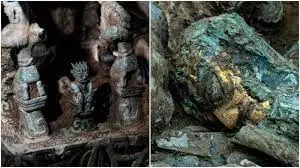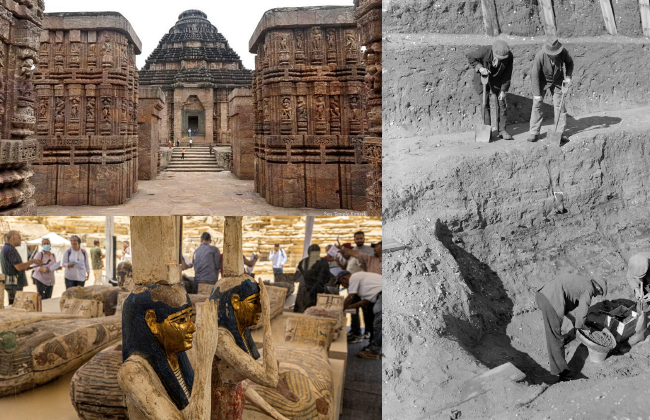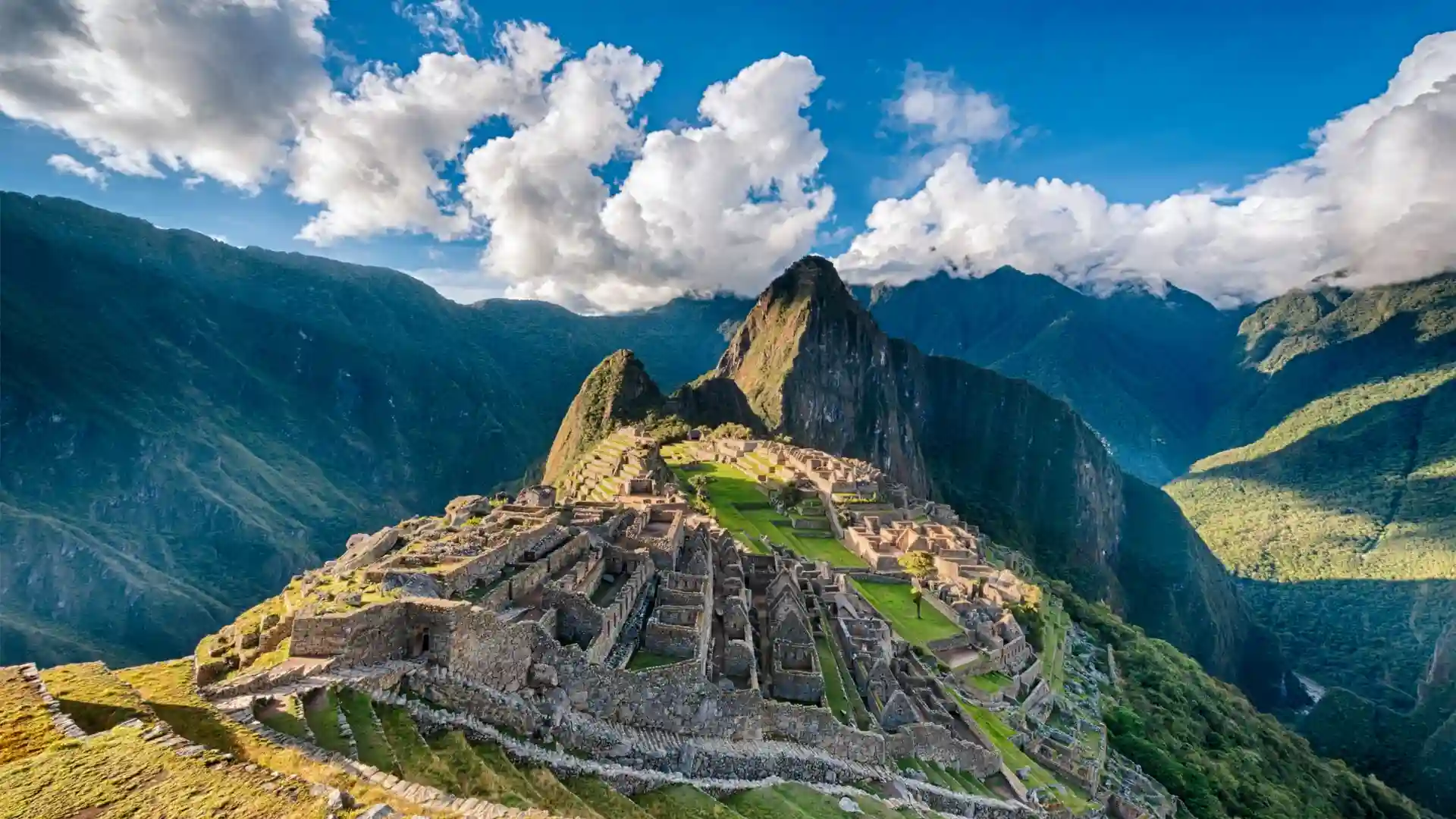Archaeological Discoveries in China: China, a land steeped in history, has been the cradle of one of the world’s oldest civilizations. Over the years, numerous archaeological discoveries have shed light on the ancient wonders that lie buried beneath its soil. These remarkable findings have not only deepened our understanding of Chinese history but have also unveiled the ingenuity and cultural achievements of its past inhabitants. In this article, we will explore some of the most significant archaeological discoveries in China, showcasing the country’s rich and diverse heritage.
The Terracotta Army:
A Marvel of Ancient China The Terracotta Army, discovered in 1974 near the city of Xi’an, is one of the most extraordinary archaeological finds in the world. The army consists of thousands of life-sized terracotta soldiers, horses, and chariots that were buried alongside the first Emperor of China, Qin Shi Huang. This astonishing display of craftsmanship and meticulous detail offers a glimpse into the military might and imperial grandeur of ancient China.
The Mogao Caves:

A Treasure Trove of Buddhist Art Located along the ancient Silk Road in Dunhuang, the Mogao Caves house an extensive collection of Buddhist murals, sculptures, and manuscripts spanning over a millennium. Discovered in the late 19th century, these caves hold over 2,000 painted statues and more than 45,000 square meters of murals, depicting scenes from Buddhist scriptures and everyday life in ancient China. The Mogao Caves provide invaluable insights into the artistic and religious practices of the past.
Sanxingdui:
A Mysterious Bronze Age Civilization In 1986, the excavation of Sanxingdui, near Chengdu, unveiled an enigmatic civilization that thrived over 4,000 years ago. The site revealed a trove of exquisite bronze masks, statues, and other artifacts that challenged existing notions of ancient Chinese history. The discovery shed light on a previously unknown culture, highlighting their advanced artistic skills and social complexity. The significance of Sanxingdui continues to fascinate archaeologists and offers a tantalizing glimpse into a lost civilization.
The Longmen Grottoes:
Carved Wonders of Ancient China Located near Luoyang, the Longmen Grottoes comprise one of the most extensive and well-preserved collections of Buddhist rock-cut sculptures in China. Dating back to the Tang Dynasty, these grottoes feature over 100,000 statues and inscriptions, including the iconic Vairocana Buddha, which stands at a towering 17.14 meters. The Longmen Grottoes showcase the artistic mastery and religious devotion of ancient Chinese craftsmen.
The Banpo Neolithic Village:

Unveiling Early Human Settlements The Banpo Neolithic Village, dating back over 6,000 years, offers a rare glimpse into the daily lives of early humans in China. Discovered in 1953 near Xi’an, this archaeological site revealed a well-preserved settlement complete with houses, pottery, tools, and burial sites. The discovery provided valuable insights into the agricultural practices, social structures, and artistic expressions of Neolithic communities in ancient China.
The archaeological discoveries in China have unraveled a rich tapestry of ancient civilizations, artistic achievements, and cultural practices. From the awe-inspiring Terracotta Army to the spiritual haven of the Mogao Caves, each site offers a unique window into China’s past. These findings continue to captivate the world, prompting further exploration and research. As archaeologists continue to unearth China’s hidden treasures, we can only anticipate more revelations that will deepen our appreciation for this remarkable land and its enduring legacy.
Read Also: Ancient Shipwrecks
![]()





